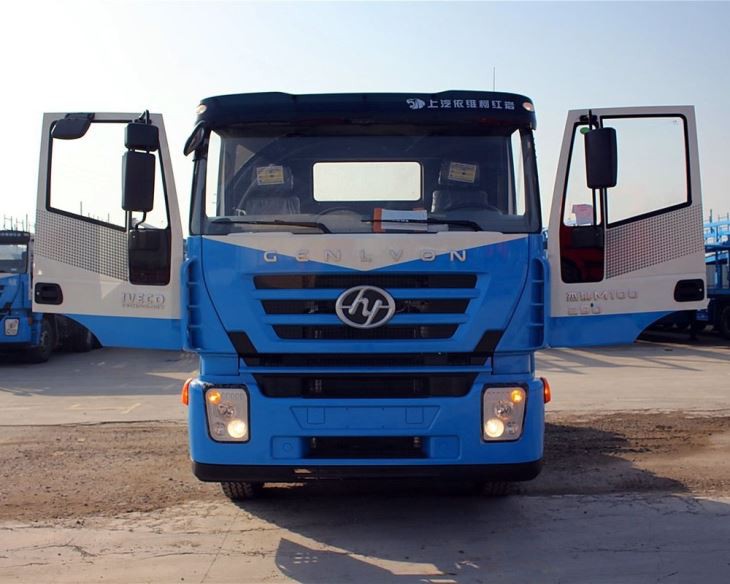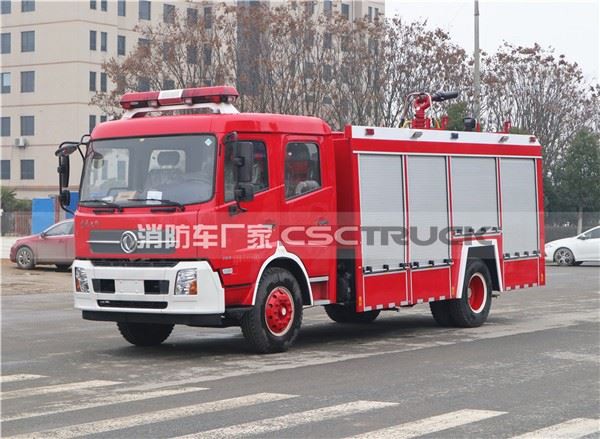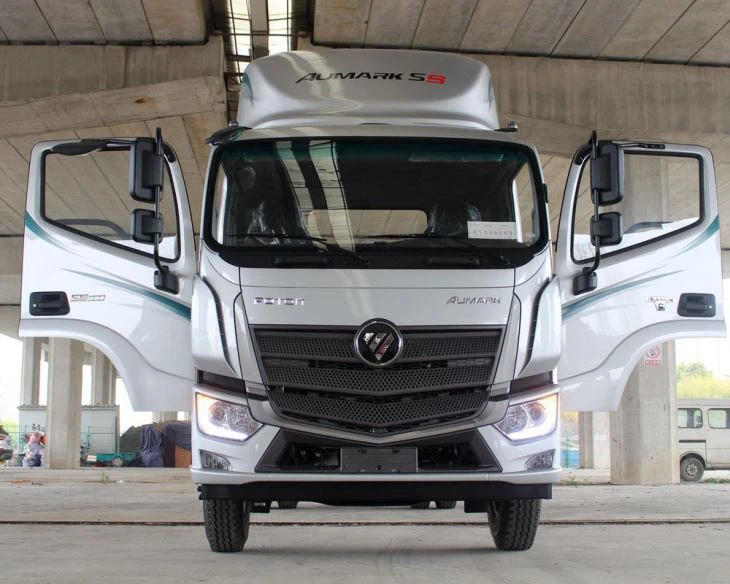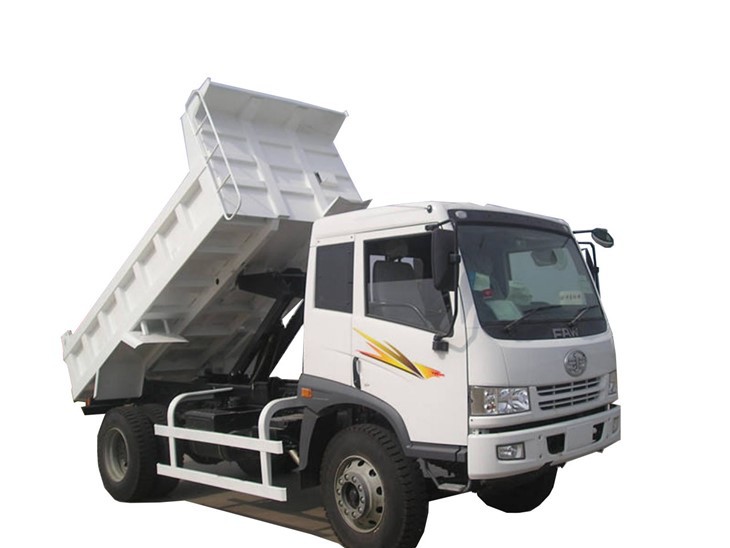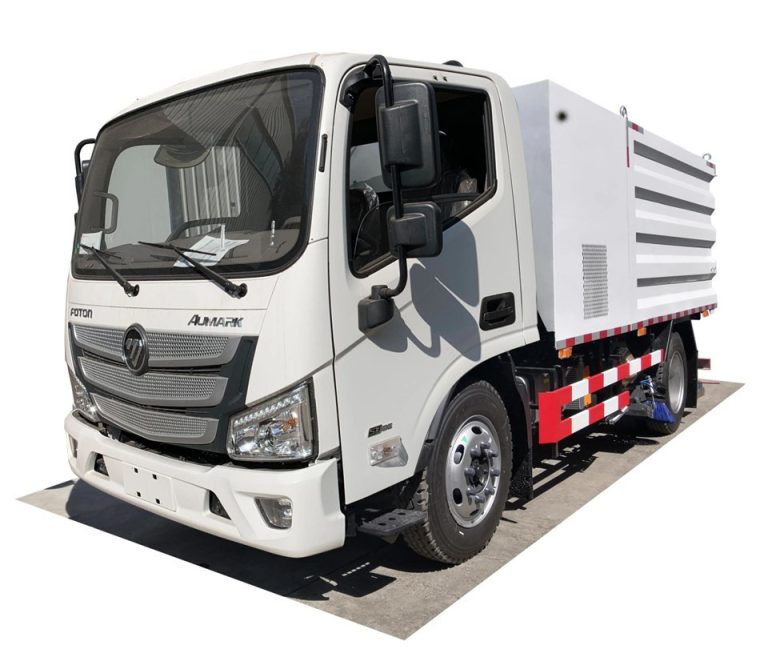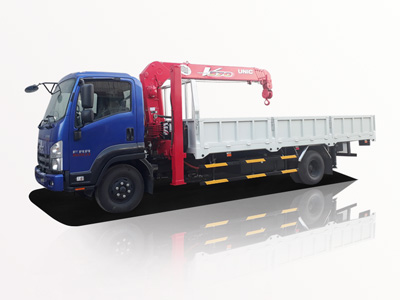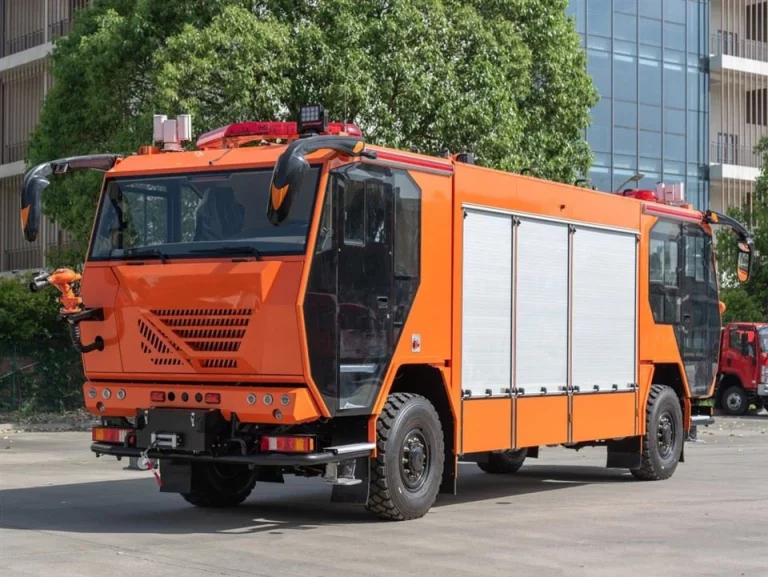Introduction
Power take-off (PTO) systems in trucks are essential components that allow vehicles to draw power from the engine and use it to operate various auxiliary equipment. This article will delve deeply into power take-off trucks, explaining their functionality, advantages, types, applications, and maintenance practices. By understanding PTO systems, truck operators and fleet managers can maximize their vehicles’ efficiency and productivity.
What is a Power Take Off Truck?
A power take-off truck is equipped with a PTO system that enables the truck’s engine to transfer power to other equipment. This mechanism converts mechanical energy from the truck’s engine into hydraulic or electric power, which is then used for various tasks such as operating cranes, pumps, and other machinery.
How Does a Power Take Off Work?
The PTO system connects to the truck’s transmission. By engaging the PTO, the engine’s power can be redirected without affecting the vehicle’s ability to drive. The PTO is typically engaged via a switch inside the cab or by using a lever. Once engaged, the PTO activates a drive shaft, which connects to hydraulic pumps or electric generators, powering the auxiliary equipment.
The Importance of PTO in Trucks
PTO systems are crucial for various industries, including construction, agriculture, and emergency services. They enhance the versatility of trucks by enabling them to perform multiple functions beyond simply transporting goods. This adaptability allows businesses to optimize their resources, saving time and reducing operational costs.
Types of Power Take Off Systems
1. Mechanical PTO
Mechanical PTOs use a direct mechanical connection between the truck’s engine and the powered equipment. They are commonly used in applications like dump trucks and tow trucks.
2. Hydraulic PTO
Hydraulic PTO systems deliver power through hydraulic fluid, making them perfect for applications requiring significant power output, such as hydraulic cranes and lifts. They offer more flexibility in mounting equipment and can maintain high power levels.
3. Electric PTO
Electric PTOs use electrical power to operate auxiliary systems. While less common, they are becoming increasingly popular for applications requiring precision equipment, such as certain types of ambulances and service vehicles.
Applications of Power Take Off Trucks
1. Dump Trucks
Dump trucks equipped with PTO systems use hydraulic power to lift and lower their beds. This feature is essential for construction and landscaping operations where loading and unloading materials is required.
2. Tow Trucks
PTO-equipped tow trucks can operate winches and recovery equipment, enabling them to recover and tow vehicles efficiently and safely.
3. Service Trucks
Service trucks use PTO systems to operate pumps, generators, and power tools, providing equipment and services on-site in various industries, such as plumbing, HVAC, and electrical services.
4. Water Tank Trucks
Water tank trucks utilize PTO systems to power water pumps, making them crucial for firefighting, irrigation, and municipal water delivery.
5. Snow Plows
PTO systems in snow plow trucks activate the plow’s hydraulic system, enabling effective snow removal from roads and driveways, especially in snow-prone regions.
Benefits of Power Take Off Systems
| Benefit | Description |
|---|---|
| Versatility | PTO systems allow a single truck to perform various tasks, making it an efficient asset for businesses. |
| Cost-Effectiveness | By maximizing the use of existing truck resources, companies can reduce the need for additional equipment. |
| Increased Productivity | PTO systems improve workflow by enabling auxiliary equipment to operate without requiring additional power sources. |
| Enhanced Performance | PTOs provide reliable power transfer, improving overall vehicle performance in various applications. |
Choosing the Right Power Take Off Truck
When selecting a power take-off truck, consider the following factors:
1. Application Requirements
Identify the specific tasks you need the truck to perform. This will guide you in choosing the appropriate type of PTO system and the necessary power output.
2. PTO Type
Evaluate the advantages of mechanical, hydraulic, or electric PTO systems based on your operational needs. Each type has distinct benefits suited for different applications.
3. Truck Specifications
Ensure that the truck’s engine size, transmission type, and chassis configuration are compatible with the PTO installation and operational requirements.
4. Manufacturer Reputation
Research and choose reputable manufacturers or brands known for their reliability and quality of PTO systems, as this can greatly affect performance and durability.
Maintenance of Power Take Off Systems
Regular maintenance of PTO systems is crucial for ensuring their longevity and effectiveness. Key maintenance practices include:
1. Regular Inspections
Conduct routine checks on the PTO components and connections for wear, leaks, or damage.
2. Lubrication
Ensure that all moving parts are adequately lubricated to prevent premature wear and to facilitate smooth operation.
3. Replacement of Worn Parts
Replace any worn or damaged components, such as seals, bearings, or hoses, promptly to avoid severe damage to the PTO system.
4. Follow Manufacturer Guidelines
Adhere to the manufacturer’s maintenance schedule and guidelines for servicing the PTO system and related equipment.
Practical Examples of PTO Applications
1. Landscaping
Landscaping companies often use trucks with PTO systems to operate mulchers and chippers, allowing them to provide a full service of site preparation and maintenance.
2. Construction
Construction firms rely on dump trucks with hydraulic PTO systems to deliver materials and perform excavation tasks, ensuring efficiency in project timelines.
3. Emergency Services
In emergency services, PTO systems on rescue trucks can power hydraulic tools used in accident rescues, enabling quick and effective response in critical situations.
FAQ about Power Take Off Trucks
1. What is the average lifespan of a power take-off system?
The lifespan of a PTO system can vary widely, but with proper maintenance, it can last anywhere from 5 to 15 years or more.
2. How can I tell if my PTO system is functioning correctly?
Signs of a functioning PTO system include smooth transitions when engaging/disengaging, consistent power delivery, and the absence of strange noises or vibrations.
3. Can a PTO be added to an existing truck?
Yes, many trucks can be retrofitted with PTO systems, but it’s essential to consult with a professional to ensure compatibility and proper installation.
4. What tasks can a PTO truck perform?
A PTO truck can perform a variety of tasks, including lifting and lowering equipment, powering pumps, and operating tools such as saws and drills.
5. Do all trucks come with PTO options?
Not all trucks are equipped with PTO options. It’s vital to check the specifications and configurations when purchasing a truck if PTO functionality is needed.
6. Is PTO installation complicated?
PTO installation can be complex and often requires professional assistance to ensure it is done correctly without compromising vehicle safety or performance.
